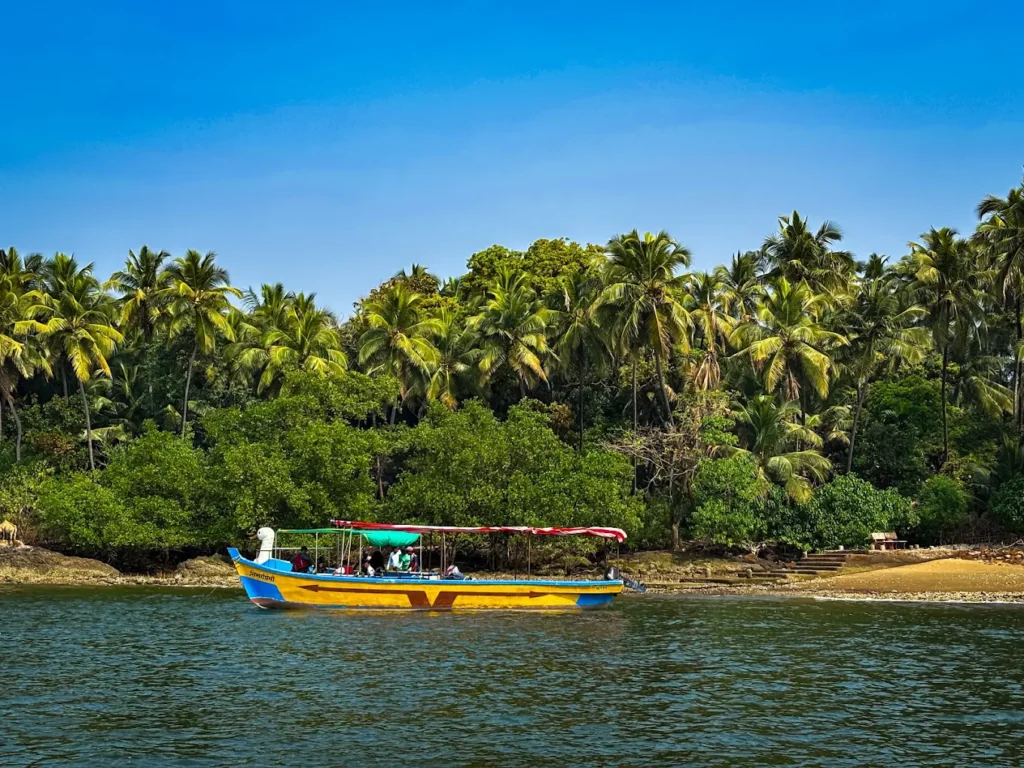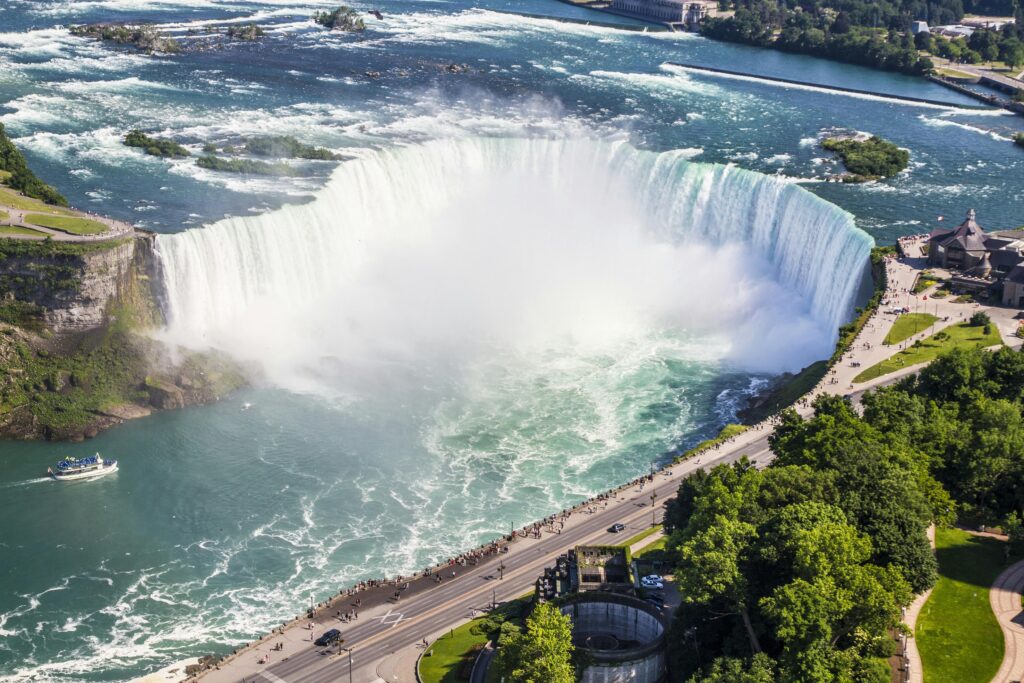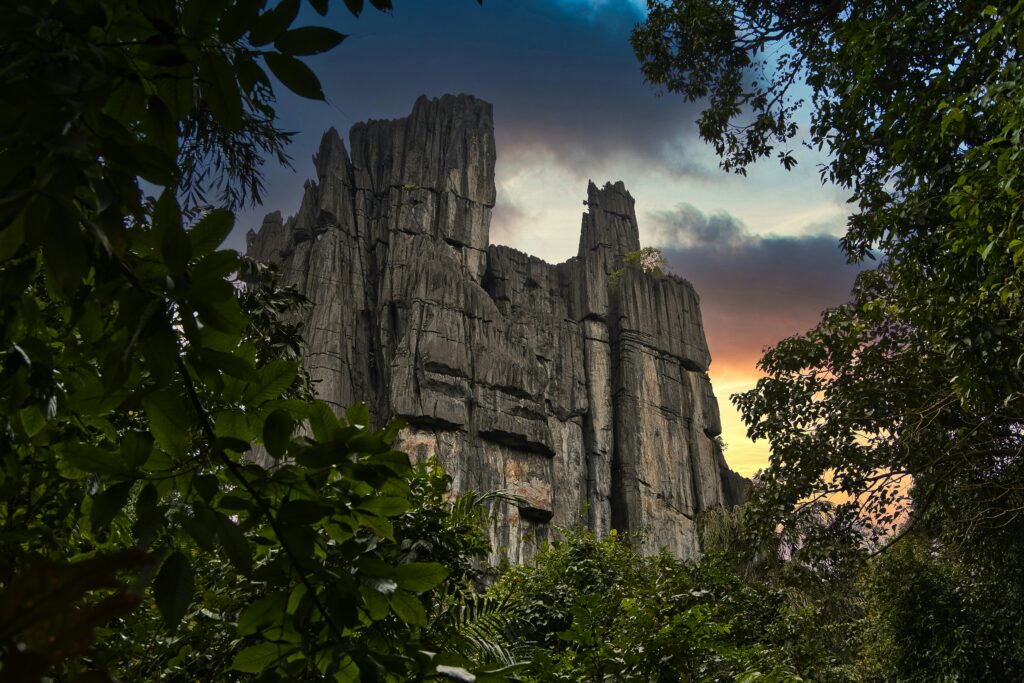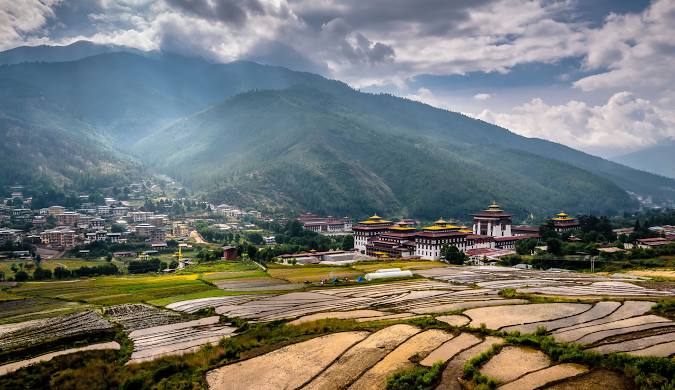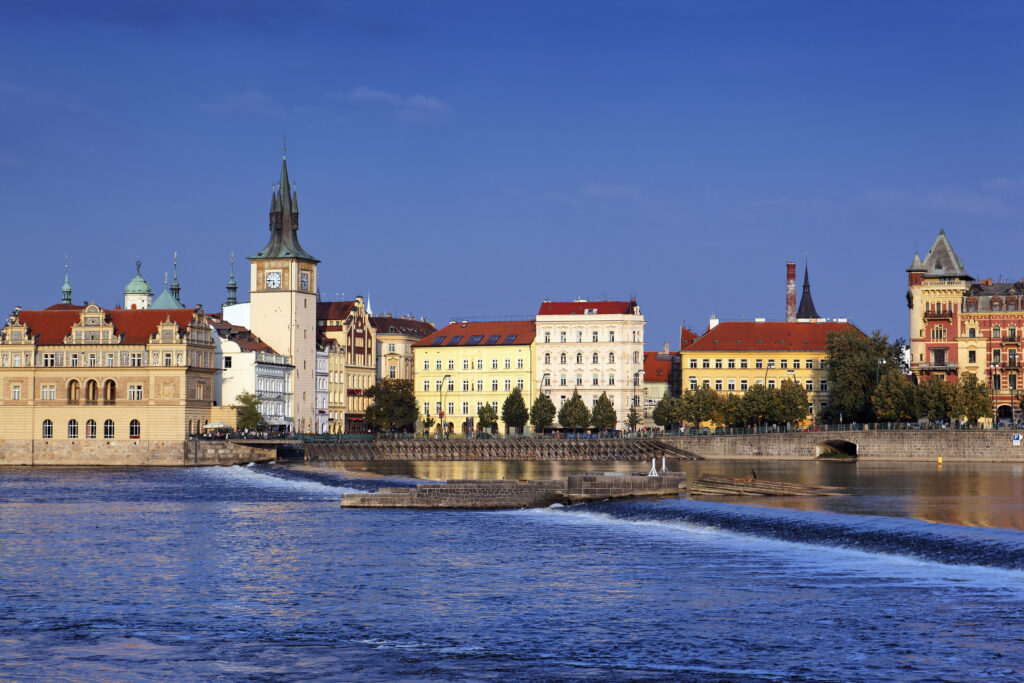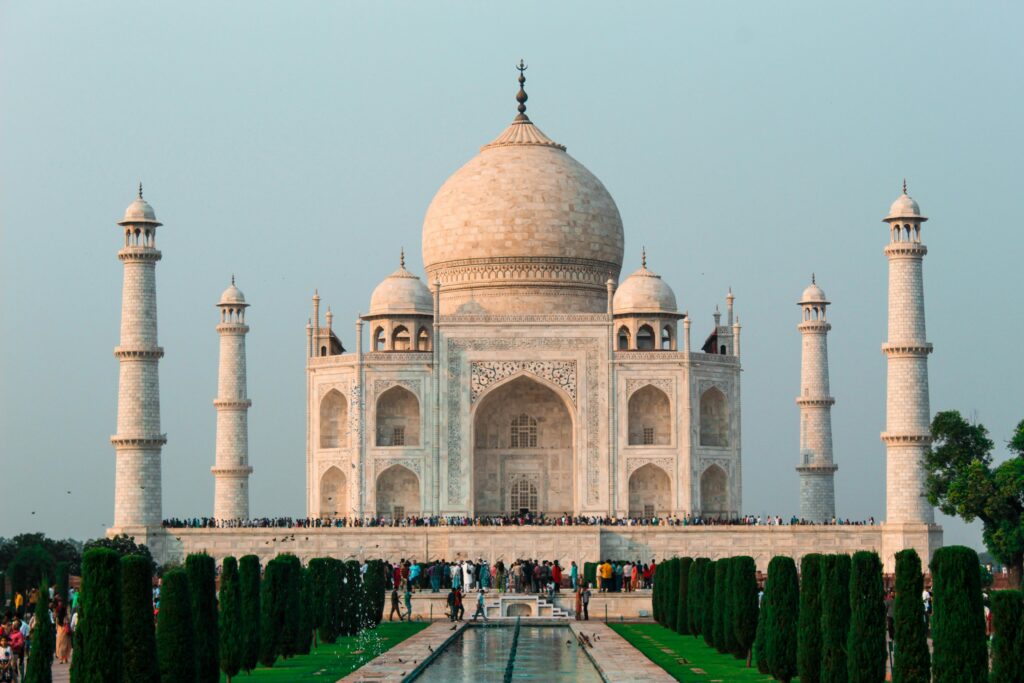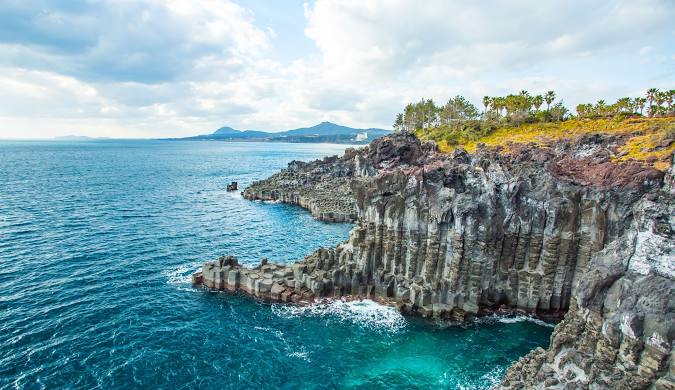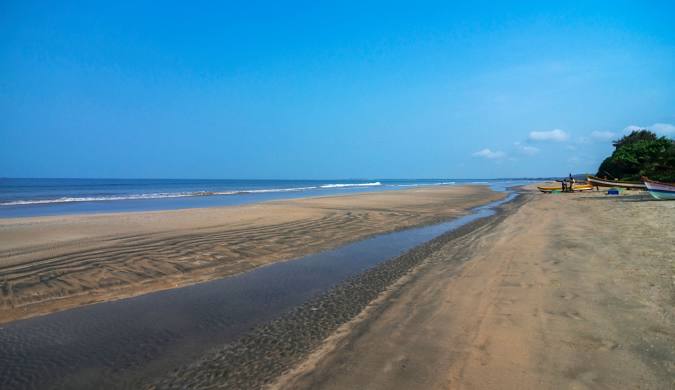Devbagh Beach Activities: Costs, Wildlife & Hidden Gems You Must Know
Ever dreamt of a place where a calm river gently shakes hands with the mighty Arabian Sea? Welcome to Devbagh Beach, where the Kali River creates a mesmerizing confluence with the ocean, painting a picture so stunning that even seasoned travelers stop in their tracks. Tucked away in Karnataka’s Karwar district, Devbagh isn’t your typical crowded beach destination. This hidden paradise offers something truly special – a peaceful blend of river and sea activities, incredible wildlife encounters, and water sports that’ll get your heart racing. Unlike the bustling beaches of Goa just a few hours away, Devbagh feels like nature’s own private playground. This complete guide covers everything you need to know about devbagh beach activities – from thrilling jet ski rides to peaceful kayaking adventures. I’ll break down real costs, share safety tips from local operators, reveal the best times to spot Olive Ridley turtles, and give you insider secrets that most tourists never discover. Whether you’re a budget backpacker or planning a family getaway, you’ll find exactly what you need to plan the perfect Devbagh adventure. Quick Guide: Devbagh Activities at a Glance Activity Average Cost (per person) Best For What to Expect Jet Ski ₹600 – ₹1,000 Thrill-seekers High-speed, 10-15 min ride Parasailing ₹1,200 – ₹1,700 Amazing Views 5-10 min flight, boat-assisted Banana Boat Ride ₹600 – ₹900 Groups & Families Fun, bumpy ride, expect to get wet Kayaking ₹700 – ₹1,100 Nature Lovers Peaceful paddling in the estuary Scuba Diving ₹2,500 – ₹4,000 Adventurers Exploring underwater marine life Boat Safari ₹800 – ₹1,200 Wildlife Enthusiasts Dolphin spotting, mangrove exploration Speed Boat ₹1,000 – ₹1,500 Groups Fast ride across the confluence Decoding Costs & Planning Your Budget The prices in our table include basic safety equipment and a trained guide, but here’s what you need to know about the fine print. Most water sports operators provide life jackets, helmets (for jet skiing), and basic instruction as part of their standard package. However, don’t be surprised if they charge extra for GoPro recordings of your adventure – usually around ₹300-500 additional. Money-Saving Hacks That Actually Work: Hidden Costs to Watch For: Pro tip: Carry cash in smaller denominations. Many operators prefer cash payments and might not have change for large notes. Top Water & Beach Adventures in Devbagh Jet Skiing: Pure Adrenaline Rush The moment the jet ski accelerates beneath you, cutting through the crystal-clear waters where river meets sea, you’ll understand why this tops everyone’s list. The ride typically lasts 10-15 minutes, giving you enough time to feel the spray on your face and experience that incredible sensation of flying over water. Local operators like Durga Watersports ensure you get a safety briefing before you ride. The instructor stays nearby on another jet ski, so even beginners feel confident. The best part? You’ll ride through both the calm river section and the more exciting sea waves – it’s like getting two different experiences in one go. Parasailing: Bird’s Eye Paradise Floating 200 feet above the confluence, with the Western Ghats on one side and endless Arabian Sea on the other, parasailing at Devbagh offers views that’ll make your Instagram followers seriously jealous. The 5-10 minute flight gives you enough time to soak in the panoramic beauty and spot dolphins in the water below. Safety is excellent here – operators use modern equipment and follow international standards. You’re harnessed securely to the parachute while a speedboat pulls you up gradually. The landing is smooth, right back on the boat deck. Even if you’re afraid of heights, the gentle takeoff makes it manageable for most people. Banana Boat Rides: Family Fun Guaranteed Picture this: you and your squad bouncing across the waves on a bright yellow inflatable banana, trying not to fall off as the speedboat driver intentionally takes sharp turns. It’s impossible not to laugh during a banana boat ride, making it perfect for families and friend groups. The rides last about 15 minutes, and yes, you will get soaked. Operators usually “flip” the banana boat at least once during the ride – it’s all part of the fun. Life jackets are mandatory, and the water isn’t too deep, so even non-swimmers can enjoy this activity safely. Kayaking & Estuary Boat Rides: Nature’s Meditation For those seeking tranquility over thrills, kayaking through Devbagh’s backwaters is pure magic. Paddle silently through narrow channels lined with mangroves, where kingfishers dart between branches and fish eagles soar overhead. The water here is so calm it perfectly reflects the sky, creating a mirror-like surface that photographers absolutely love. The guided kayaking tours last 45 minutes to an hour, taking you deep into the estuary where most tourists never venture. Your guide will point out different bird species, explain the mangrove ecosystem, and share local fishing traditions. It’s educational, peaceful, and incredibly beautiful. Scuba Diving: Underwater Secrets Devbagh’s underwater world comes alive between October and May when visibility reaches up to 15 meters. The marine life here includes colorful reef fish, rays, and if you’re lucky, small reef sharks that are completely harmless to humans. The diving sites are suitable for beginners, with depths ranging from 8-12 meters. Certified instructors from PADI-affiliated centers handle all dives. The experience includes a 30-minute theory session, equipment fitting, and a 30-45 minute underwater exploration. First-time divers always do a shallow water practice session before heading to the main diving spot. Devbagh’s Natural Wonders: Wildlife & Conservation The Olive Ridley Turtles: Nature’s Annual Miracle Devbagh holds a special place in marine conservation as a vital nesting site for Olive Ridley turtles. Between December and March, these ancient mariners return to the same beaches where they were born decades ago, continuing a cycle that’s been happening for millions of years. According to reports by The Indian Express, Devbagh is recognized as a key nesting ground, making it a sensitive and important ecological zone that requires careful protection. During peak nesting season (January-February), you might witness the incredible sight of mother turtles coming ashore at night to lay
Devbagh Beach Activities: Costs, Wildlife & Hidden Gems You Must Know Read More »

